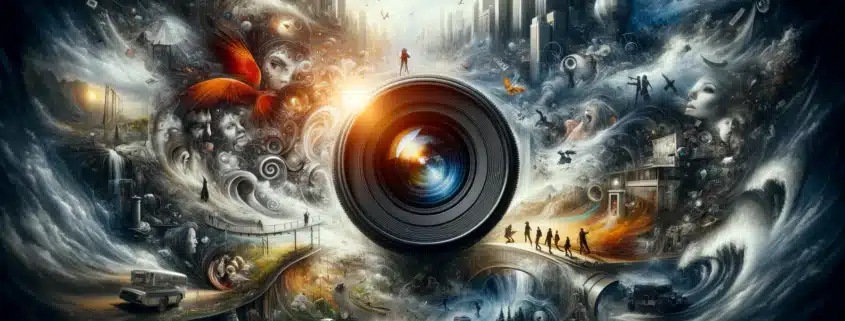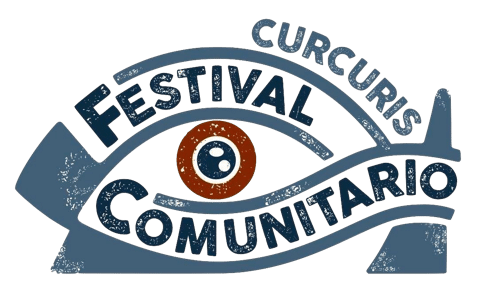Knowing how to photograph is knowing how to see, feel and understand the world
Knowing how to photograph is knowing how to see, feel and understand the world.
Photography is an art that allows us to see the world in new lights and angles. It is not just about capturing images, but about interpreting and conveying experiences, emotions and perceptions. In this art, the eye of a good photographer is capable of revealing what often remains hidden, resulting in evocative and relevant stories.
Seeing Beyond the Obvious.
Photography transcends mere visual representation; it is an art that requires acute perception and critical awareness. Through the lens, the photographer learns to peer beyond appearances, capturing the most hidden and significant aspects of reality. This in-depth gaze can reveal the underlying truths, the beauties that are not immediately perceptible, and the nuances of what surrounds us. In photography, the act of seeing implies an interpretation, a silent dialogue between the photographer and the subject. This process requires time, patience and, above all, sensitivity. The ability to see beyond the obvious is thus transformed into an exploratory journey that opens up new perspectives, revealing stories hidden in the tiniest details, in overlooked corners or fleeting moments.
Feeling History.
Each photograph is an emotional stage where silent but powerful stories are told. In the act of capturing an image, the photographer immerses himself in the emotions of the moment, trying to convey the same intensity through the still image. This process is not just a technical act, but a true emotional journey. It is here that photography assumes its most significant power: to tell stories in an authentic and touching way, capturing the fleeting moment in its maximum expressive power. The intensity of a portrait, the drama of a landscape, the energy of an urban scene, each of these images becomes a window on human experience. Photographers, in this sense, become visual narrators, silent interpreters of the emotions and realities that surround us.
Understanding the World.
Photography is not only a means to record the world, but also to understand it. Each image can be a key to interpreting social, political and environmental complexities, trends and problems. In this sense, photography acts as a universal language that overcomes language and cultural barriers. It allows us to document and at the same time reflect on different realities, often far removed from our daily lives. The photographer's ability to capture these realities and convey them effectively is crucial to stimulate awareness and understanding. Photographing thus becomes an act of investigation and interpretation, a kind of anthropological exploration that uses images to connect people, places and ideas.
Conclusion.
In conclusion, photography is much more than just art. It is a tool with which we can see, feel and understand the complexity of the world around us in a deeper way. Through photography, we learn to look beyond our immediate perceptions, to connect emotionally with different stories and realities, and to reflect critically on our environment. Photography, thus understood, becomes a powerful medium to explore, interpret and share our human experience in all its forms.




I agree with what you have written, for me photography is emotion, I shoot when I am 'moved' whether it is a face, a scene, a landscape... and then if my shot in turn arouses 'emotions', I am happy twice over.
Dear Mauro, we are glad that you agree with us on the causes and effects behind each shot. And thank you for participating in the discussion on the Festival Blog. A greeting.
When I go to take pictures in the street people say to me have you become a photographer? no for it is fun, I am an amateur photographer and what I am hoping for is a thrill, because it is the subject that helps me to go in and take the picture, sometimes I only come home with one picture but that one picture for me is a lot.
Dearest, thank you for your testimony. We can perfectly understand this state of mind that renews passion with every shot. A thousand good wishes!